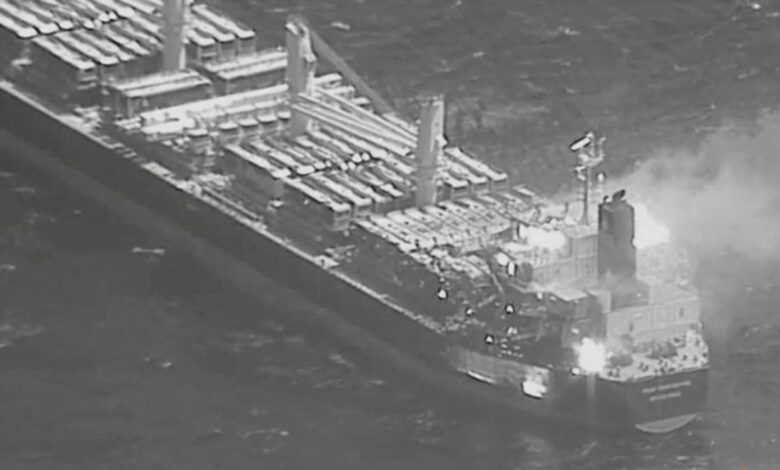Escalating emissions: How Red Sea disruptions are driving up carbon emissions

WHAT’S AT STAKE?
For companies that depend on receiving or distributing goods by sea, these longer shipping journeys pose a potential threat. While a company’s in-house operations and energy use make up what’s called Scope 1 and Scope 2 emissions tallies, its supply chain and distribution activities go into its Scope 3 emissions – a classification developed by non-profit thinktank the World Resources Institute.
Reuters examined the most recent sustainability reports for 30 of the world’s biggest companies, and found that 10 reported higher year-on-year Scope 3 emissions in 2022 or 2023, largely tied to shipping. The Red Sea delays could make that worse.
Speaking to Reuters, officials from some of those companies said failing to cut overall emissions could risk alienating consumers, losing investors, or jeopardising their ability to secure sustainable financing. They also could face shipping taxes, which may soon be approved.
The Denmark-based dairy company Arla Foods, which makes Lurpak butter, is already juggling higher costs. “Due to the conflict in the Red Sea, our emission has also gone up equally 1-1 with the cost” of shipping, said the company’s supply chain sustainability chief, Mia Høj Bredal.
Reuters found many examples of detours in the tracking data, with the most common for ships to go around the entire African continent – adding weeks to the journey – rather than taking the Suez Canal shortcut between the Mediterranean and the Red Sea.
The Red Sea crisis has already pushed up the cost of European Union shipping emissions permits “by a third” as the typical 30-day voyage becomes a 40-day trip, said Chris Rogers, who manages the Supply Chain Research team within S&P Global.
Some vessels travelling from Asia to North America opted to avoid the Middle East and Red Sea completely, instead heading straight for the Cape of Good Hope and around the tip of Africa.
Other vessels coming from the north headed for the Suez Canal and made it halfway through the Red Sea, before turning back. This added even more time to those journeys.
COSTS AT SEA
Shipping, which accounts for 2.9 per cent of global CO2 emissions, has largely escaped taxation because the high seas are not in the jurisdiction of any one government.
But for companies, the longer ship journeys translated to higher costs. Nestle CEO Mark Schneider said in February that the world’s biggest food company was seeing “some stress” on its freight costs due to the detours.
Despite the higher shipping costs, the slower journey times led both San Francisco-based Levi Strauss & Co. clothing company and Britain’s multinational consumer goods company Reckitt to transport some of their goods by air or by truck – both of which are significantly more climate polluting than shipping. Truck journeys are roughly 10 times more carbon intensive than shipping, while long-haul air freight generates 47 times the emissions as shipping per ton-mile, according to MIT research.
More than 20 countries and regional organisations are now backing proposals for an emissions levy on shippers, saying it could raise more than US$80 billion a year in funds that can be put into developing low-carbon fuels. A levy on shipping could also lead to higher shipping costs for companies.
The harm from shipping emissions does not come from planet-warming CO2 alone, but also from the sulphates and black soot that billow out from a ship’s smokestack. Those airborne pollution particles allow shipping emissions to sometimes be seen from space. “Ship tracks” materialise as water vapour condenses around the particles.
The MODIS instrument aboard NASA’s Terra satellite captured an image on Jun 4, 2021 of some of the criss-crossing clouds stretching hundreds of kilometres from end to end.

